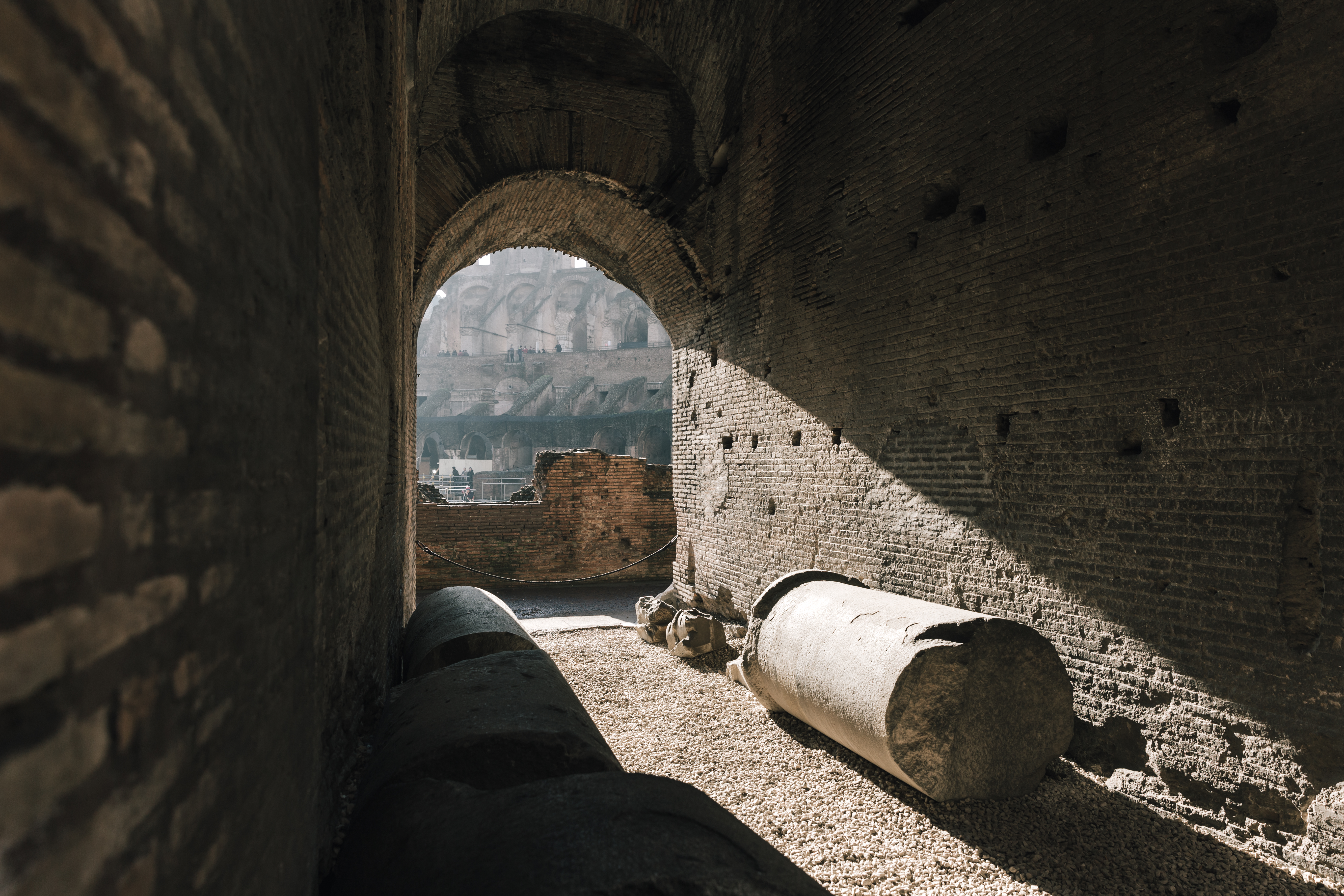

Students studying abroad in Rome are surrounded by iconic buildings, monuments, and artwork dating back throughout the ages. The Eternal City presents a unique window into past civilizations – and the compelling stories of those who ruled them.
I For example, you can visit the Colosseum originally commissioned by Vespasian in 72 A.D., or catch a glimpse of several ancient obelisks brought to Rome by Augustus. Each Roman emperor helped shape the empire – some through bold new innovations, and others through disaster and intrigue.
Read on to find out which famous emperors made some of the biggest marks on the empire, and where students can still see traces of their legacies.
Augustus and the Beginnings of an Empire
Augustus was the first Roman emperor and considered by many historians to be one of the most influential. Not only did his reign mark the shift from republic to empire, but he made lasting tax and policy changes that helped enrich treasury coffers as well as establish the two-hundred-year peace known as the Pax Romana.
Augustus helped build a standing army for the empire, created a pension scheme for veterans, and also brought to Rome several landmarks that students completing their art history degrees can still see today.
When Augustus defeated Mark Antony and Cleopatra during the Battle of Actium, he gained control over Egypt, one of the wealthiest regions in the ancient world. Not only did this victory provide the Roman Empire with a significant new source of revenue, it also led to the acquisition of several Egyptian obelisks. During his reign, Augustus brought many obelisks to Rome, including the Flaminio and Solare obelisks which still stand in the Eternal City. Students can visit the Flaminio obelisk in Piazza del Popolo and the Solare obelisk in Montecitorio Square.
Nero and the Great Fire of Rome
While some Roman emperors are remembered by the impressive structures they commissioned that endure to this day, others are known for the part they played in the destruction of such masterpieces.
Students who study abroad in Rome can still visit the famous Circus Maximus (a mass entertainment venue that featured chariot-racing), but thanks to one horrific disaster they won’t see its original structures built by Julius Caesar, Augustus, and Claudius.
In 64 A.D., a fire began near the Circus Maximus and quickly grew out of control, raging through the city for four days. Students completing their classical studies degrees in Rome know that the cause of the city’s Great Fire still remains a mystery to this day. Some theories suggest that the emperor Nero himself caused the fire deliberately, to clear room for an elaborate palace complex. Other historical accounts claim instead that Nero was away in Antium during this disastrous event, and therefore absolved of any wrongdoing.
Whether or not Nero was ultimately responsible for the fire – or just the victim of a brutal smear campaign – is something historians may never know. What we do know is that it helped contribute to his growing unpopularity and ultimately lead to his overthrow and suicide.
Vespasian and the Construction of the Colosseum
After the death of Nero, the Roman Empire experienced a time of great instability. One year saw as many as four emperors come and go at the helm of the empire. Vespasian was the last of these emperors, and soon established a time of peace, border expansion, and construction.
Vespasian undertook numerous large construction projects throughout his rule, including the building of several public baths, a forum, and a temple. He also famously commissioned the construction of the Colosseum, a monument that attracts millions of tourists and students each year.
Interested in earning your degree in the inspiring city of Rome? Visit John Cabot University online to discover our degree programs and see what it’s like to study abroad in Italy!




